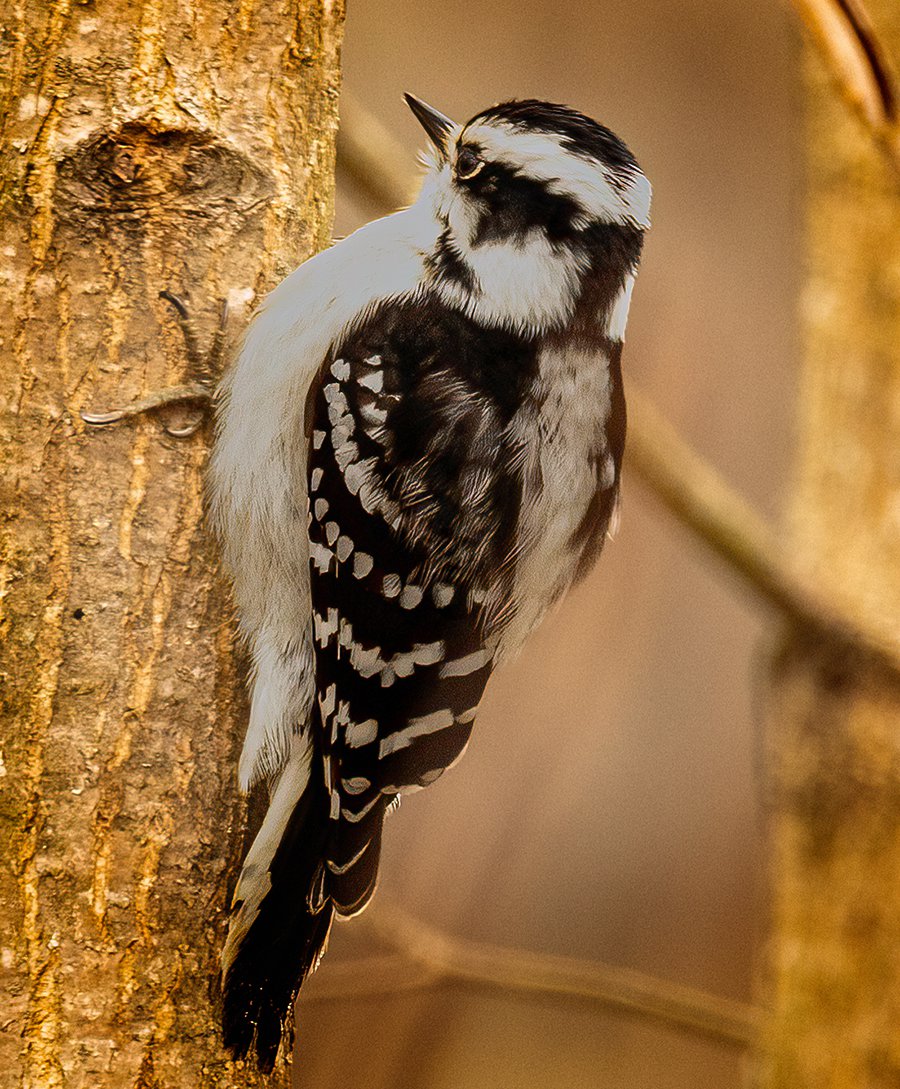Native Woodpeckers in Florida: An Overview to Species and Behaviors
Native Woodpeckers in Florida: An Overview to Species and Behaviors
Blog Article
Introducing the Secrets of Woodpeckers: Behavior, Habitat, and A Lot More
Woodpeckers, with their unique actions and specialized adjustments, have actually lengthy attracted researchers and nature fanatics alike. By discovering the secrets surrounding woodpeckers' behavior and habitat choices, a much deeper understanding of these bird wonders arises, supplying a glance right into their interesting world.
Woodpecker Behavior Insights
In analyzing woodpecker behavior, a fascinating display screen of specialized abilities and adaptations emerges, clarifying their impressive environmental specific niche - Woodpeckers in Florida. Woodpeckers, known for their distinct drumming on trees, have a range of behavioral attributes that add to their survival and success in their setting. One key behavior is their drumming, which offers several functions such as interaction, developing territory, bring in companions, and locating food resources. This rhythmic pecking also showcases their impressive stamina and endurance, as they can hammer away continuously at high rates without triggering harm to themselves.
Moreover, woodpeckers exhibit a special feeding behavior defined by their capacity to essence pests from tree bark using their specialized beaks. Their lengthy, barbed tongues help in capturing target, while their solid neck muscle mass give stability and accuracy throughout pecking motions. This feeding method allows woodpeckers to gain access to concealed insect larvae and remove them with amazing effectiveness.
Environment Preferences and Selection
What variables affect the environment choices and choice of woodpeckers? One vital variable affecting woodpecker environment selection is the availability of suitable nesting sites. Woodpeckers generally choose forests with a mix of mature trees that provide enough chances for cavity excavation.
Additionally, woodpeckers reveal a preference for environments with a bountiful supply of food resources. They are primarily insectivorous, feeding on beetles, ants, larvae, and other pests located in worn out timber or tree bark. Woodpeckers tend to prefer wooded locations with a varied insect population to meet their nutritional requirements.
Furthermore, the visibility of dead or rotting trees is one more key variable in woodpecker habitat selection. These trees not just offer food sources however also supply appropriate substrate for dental caries excavation. Dead trees are vital for the maintenance of healthy and balanced woodpecker populations, as they play an essential function in the woodpeckers' life cycle and environment dynamics.
Feeding Behaviors and Diet Plan Composition
Woodpeckers show a specialized feeding habits concentrated on foraging for bugs within numerous habitats. Their diet regimen mainly includes bugs such as beetles, ants, caterpillars, and spiders, which they find by tapping on tree bark and paying attention for the sound of activity inside. Woodpeckers use their solid beaks to drill right into the timber and their long, barbed tongues to remove prey from holes. Along with pests, woodpeckers likewise eat tree sap, fruits, nuts, and seeds, including variety to their diet plan depending on the period and schedule of food sources.
The foraging techniques of woodpeckers are well-adapted to their arboreal way of living. Woodpeckers play a critical duty in preserving the health of forests by regulating insect populaces and helping in the decomposition of timber.
Drumming Seems and Communication
Utilizing quick drumming noises on various surface areas, woodpeckers utilize a distinctive form of interaction to signal region borders and draw in mates. This drumming actions is not only a means of interaction but additionally functions as a way for woodpeckers to develop their existence within a particular location. The intensity, speed, and pattern of the drumming can communicate essential details to other woodpeckers around.
Woodpeckers make use of drumming noises to announce their visibility in a region and to caution off potential trespassers. The loud and repetitive nature of the drumming acts as a clear signal to various other woodpeckers that the area is currently claimed. This aids in decreasing problems and reducing physical confrontations in between individuals.

Survival Adaptations and Specialized Composition

Conclusion
To conclude, woodpeckers show special habits, such as drumming sounds for communication, and have actually specialized composition for survival in their chosen environments. Their feeding behaviors and diet plan composition further show their versatility to various settings. By comprehending these aspects of woodpeckers, scientists and guardians can better shield and protect these fascinating birds and their ecosystems.
Report this page